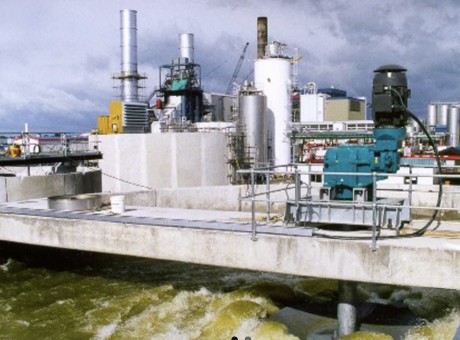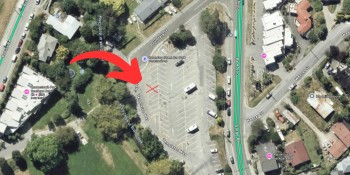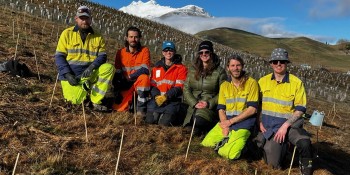'Blinded by climate change': Dunedin engineer warned of the flooding issues for years
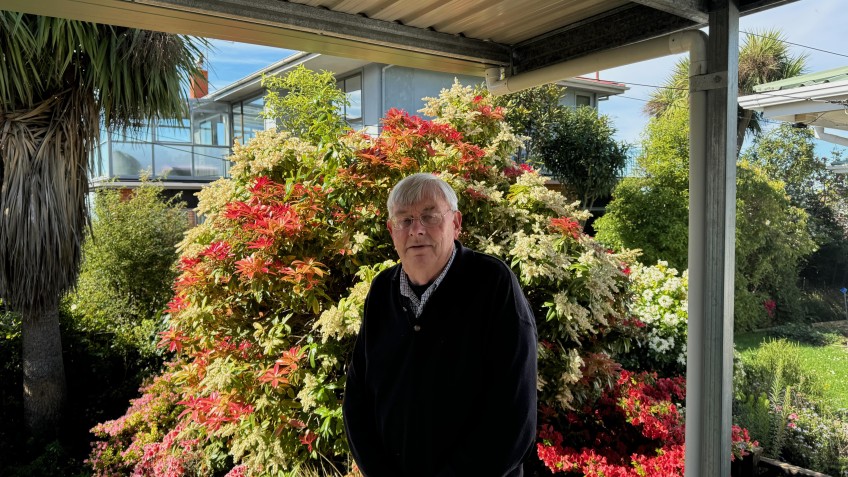
A man warning for years that concreting over green spaces would worsen South Dunedin’s flooding problems is disappointed he was ignored.
Retired civil engineer Neil Johnstone has been providing Dunedin City Council with his own research findings and warnings through its submissions process since 2021.
Mr Johnstone says the issue around flooding in South Dunedin is related to the increasing area of impermeable land as a result of the increasing amount of congested apartment-style developments on predominantly, hard surface surrounds.
“This isn’t a Climate Change issue, it’s a catchment issue,” Mr Johnstone says.
“As a long-time professional in the field of waterway management and flood control, I have followed with interest and some considerable concern at the lack of action in the near- decade following the flooding of June 2015.”
DCC have been “blinded by climate change”, he said.
While the loss of Carisbrook and the Caledonian Ground were the most visible examples of catchment change, more important, but less obvious, is the area of reclamation (on the harbour side of Andersons Bay Road), and even lead visible, the “creeping” infilling of residential properties.
Through more than 10 years of research, including writing technical papers which he sent to the city council, Mr Johnstone suggests the total area of impermeable land serviced by the stormwater system must then have been of the order of 377 hectares, some 10 percent more than suggested by DCC in the aftermath of the 2015 flood event.
“It has highlighted the existing fragility of that area and its 99 percent due to catchment change and one percent climate change.
“It has simply doubled the volume of water that the stormwater system has to take, which means it can only take half the rainfall it was designed for. Until that’s fixed people will get flooded.
“This was a minor event rainfall wise and my papers spell out that the system can’t handle 7mm/hr.”
That figure came inter alia from the performance of the system in January 2020 (DCC data), he said.
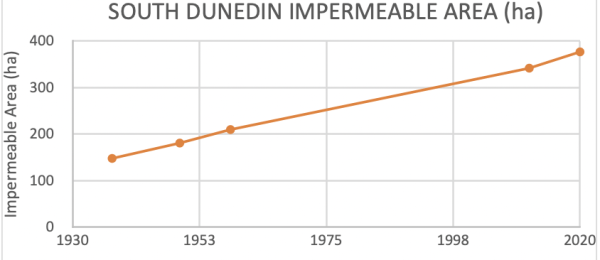
Image and data supplied / Neil Johnstone
The MetService confirmed to Crux that using the weather station in the city centre, the largest hourly rainfall between October 2 and October 5 was 8.6mm. Overall, the station reported 164mm between Midday on October 2 and midday, October 5.
A DCC spokesperson said the council did not know where the 7mm/hr figure came from.
“The impact on our city from heavy rain depends on a range of factors including the extent of rainfall, the location(s) it falls in, and the duration of the rain event,” the spokesperson said.
“For example, the weather event we experienced earlier this month was a period of steady rain delivered over a prolonged period, which caused slips and flooding over time, rather than the more intense and concentrated rain which South Dunedin experienced in 2015.
“We have taken steps to improve the performance of our stormwater systems since the 2015 flood, including in South Dunedin, and we think the results were evident in the way our infrastructure coped and water drained from affected areas.”
“We are aware of the issues impermeable surfaces can cause for stormwater systems, in South Dunedin and elsewhere in our city, and is taking steps to manage this in a range of ways.
“This includes improvements our stormwater network as well as the upcoming Plan Change 2 process, which will reconsider impermeable surfaces rules as part of a much wider review of design and amenity requirements for multi-unit developments.
“Impermeable surfaces are being actively considered as part of the South Dunedin Future programme, including in the context of natural hazards, risk assessment, and adaptation options.
“For example, certain adaptation options – such as nature-based solutions – could help reduce the number of impermeable surfaces in South Dunedin, potentially slowing and reducing the volume of flood water entering the stormwater network.
“The council’s proposed plan change to our district plan (the 2GP), known as Plan Change 2, is reviewing how well the plan manages the design of multi-unit development and, as part of this, will consider whether changes are needed to the rules for impermeable surfaces. The plan change will consider a reduction in the permitted standards for impermeable surfaces to, at a minimum, the more recent stricter standards used for areas rezoned through Variation 2. Any changes to impermeable surfaces rules would be expected to have benefits for the capacity of our stormwater network.”
However, Mr Johnstone said the council still shows “no hint” of concern that impermeable areas have near-doubled “to the massive detriment” of South Dunedin residents.
He said in reality DCC had implemented minor improvements around the pump station and cleared the mudbanks better.
“Tightening of rules now won’t remedy the problem. The horse has been allowed to bolt.”
“The pipe/pump network can still deliver no more than when it was designed in the 1960s, despite the area serviced near-doubling, and the standard therefore near-halving.
“What is needed is less defensive anonymous spin and more very urgent positive action.”
Main image: Retired civil engineer Neil Johnstone wants urgent action on catchment change.





